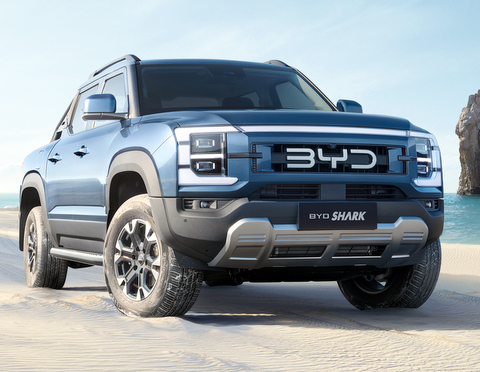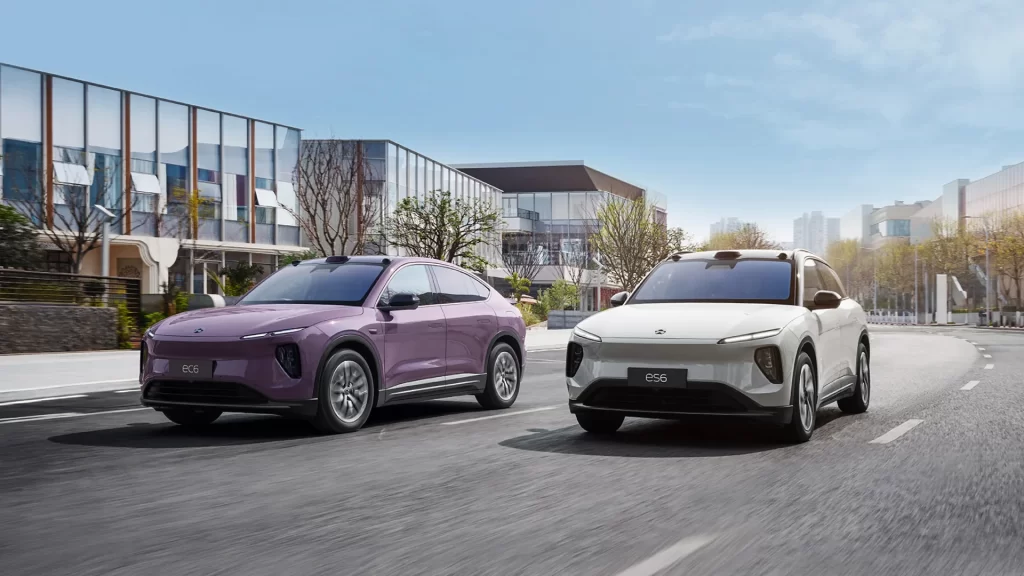Which Country Is Leading the Move to EVs?
Which countries are leading the shift from internal combustion engine automobiles to EVs? — Mike B., Austin, TX

Electric vehicles (EVs) are powered by an electric motor that draws electricity from a battery that can be charged from an external source. No exhaust is emitted from a tailpipe, and there are no fuel tanks or other liquid fuel components. Globally, China is leading the transition to EVs in terms of sheer numbers. But other countries are further ahead in terms of per capita shifting to EVs.
China has an EV sales share of 29 percent and an impressive number of publicly available fast-charging stations. There are 760,000 charging stations country-wide—almost six times more than all the combined charging stations in other countries! In June 2024, China unveiled a $73.65 billion package of tax breaks over four years to incentivize Chinese citizens to buy EVs and other greener cars.
[Ed. note: The Tesla Model Y was the best-selling car of all types–not just EVs–in the world in 2023. It’s produced on three continents–North America, China and Europe.]
Other Measurements
Sweden has a higher share of EV sales than China (54 percent) but fewer publicly available charging stations (2,600). People with battery EVs in Sweden pay the least road tax and are exempt from ownership tax for five years. Norway has the highest share of EV sales (88 percent) and many publicly available charging stations (9,100). However, the annual increase in EV sales in Norway was about 36 percent from 2021-2022. Compare that to China (about 63 percent) and Sweden (about 68 percent).
China, Sweden and Norway are clear leaders in EV adoption, but it is also interesting to note which countries produce the most EV batteries. The supply chain for batteries starts in the mines, where raw materials containing the needed components are extracted. These materials have to be processed and refined, then made into battery cells, assembled into modules and then sold to automakers. Most EVs use lithium-ion batteries since they have a high power-to-weight ratio and long life. China holds 62.5 percent of global lithium-ion battery manufacturing capacity, Germany 11.3 percent, and the United States 6.3 percent.
EV Production Laders
Still other countries lead in EV vehicle production after batteries reach automakers. China is the top country for car production, followed by Japan and India. Some carmakers have formed partnerships with battery makers to produce their own batteries. Nio, a Tesla rival in China, is one such example. They also have a novel battery swapping system that skirts the need for long battery charge times.

EVs are gaining momentum in Africa, too. About two years ago, the Ethiopian government introduced incentives for Ethiopians to adopt EVs, including exemption from several kinds of taxes. People were further incentivized by increased restrictions on internal combustion imports, which are set to be banned entirely in the near future. Ethiopia originally set a goal to have 150,000 electric cars on the roads by 2030. Since 100,000 EV deployments has already been surpassed, the target has been moved closer to 500,000!
By buying an electric vehicle, you can support the global effort to transition from gasoline-powered vehicles to EVs. Educate yourself on rebates, tax incentives and other programs in your state to make the switch to an EV easier.
CONTACTS:
EarthTalk® is produced by Roddy Scheer & Doug Moss for the 501(c)3 nonprofit EarthTalk, which welcomes donations. See more at E Magazine. Send questions to: question@earthtalk.org.

1 thought on “Who’s Leading the Shift Away from Internal Combustion Engine Automobiles?”